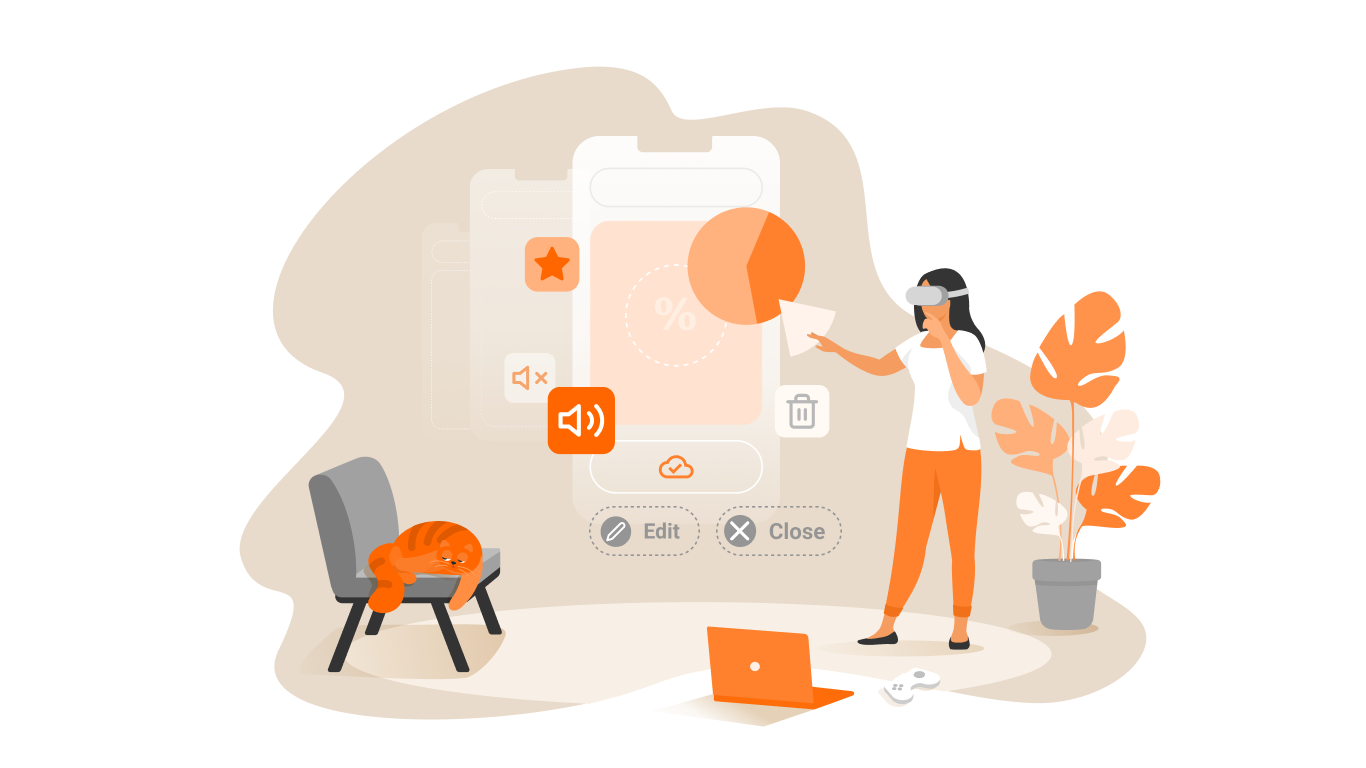Automated Testing

Testing is one of the most important stages of quality control in the process of software development. Automated testing is an integral part of it. It uses software tools to perform tests and verify the results of execution, which helps to reduce testing time and simplify its process.
History
The very first “automation” appeared in the era of the operating systems DOS and CP / M. Then it consisted in giving commands to the application via the command line and analyzing the results. A little later, remote calls were added via the API to work on the network. For the first time, automated testing is mentioned in the book “Mythical Man-Month” by Frederick Brooks, which talks about the prospects for using unit testing. But truly automated testing began to develop only in the 80’s.
Approaches to Automation
There are two main approaches to testing automation: code-level testing and GUI testing. The first type is, in particular, unit testing. The second – the simulation of user actions using special test frameworks.
The most common form of automation is testing applications through a graphical user interface. The popularity of this type of testing is explained by two factors: first, the application is tested in the same way that it will be used by the person; secondly, you can test the application without having access to the source code.
GUI-automation developed over 4 generations of tools and techniques:
- The capture / playback tools record the actions of the tester during manual testing. They allow you to perform tests without direct human involvement for a long time, significantly increasing productivity and eliminating the “dull” repetition of the same actions during manual testing. At the same time, any small change in the software under test requires re-recording of manual tests. Therefore, this first generation of tools is inefficient and not scalable.
- Scripting – a form of programming in languages specifically designed to automate software testing – softens many of the problems of capture / playback tools. But the development is done by high-level programmers who work separately from the testers who run the tests directly. In addition, scripts are most suitable for testing GUIs and can not be implemented, batched, or in any way integrated into the system. Finally, changes in the software under test require complex changes in the corresponding scripts, and the support of an ever increasing library of testing scripts becomes an irresistible task in the end.
- Data-driven testing is the methodology used in test automation. The peculiarity is that test scripts are executed and verified on the basis of data stored in the central data store or database. The role of the database can perform ODBC resources, csv or xls files, etc. Data-driven testing is the integration of several interacting test scripts and their data sources into a framework used in the methodology. In this framework, variables are used for both input values and output check values: the test script usually encodes application navigation, reading data sources, maintaining test logs. Thus, the logic that will be executed in the script also depends on the data.
- Keyword-based automation involves dividing the process of creating cases into two stages: the planning stage and the implementation phase.
One of the main problems of automated testing is its laboriousness: in spite of the fact that it allows you to eliminate some routine operations and speed up the execution of tests, large resources can be spent on updating the tests themselves. This applies to both types of automation. When refactoring, it is often necessary to update and unit tests, and changing the test code can take as much time as changing the main code. On the other hand, when changing the application interface, you need to re-write all the tests that are associated with the updated windows, which can take considerable resources if you have a large number of tests.
To automate testing, there are a large number of applications. Using these tools helps testers automate the following tasks:
- product installation
- creating test data
- GUI interaction
- problem definition
Pros and Cons of Automated testing
Pros
Fast and Effective: Once Automated Testing is in place, you will be able to use tests repeatedly. No more filling out the same information. Everything is taken care of automatically. Hence tests can be run at a fast pace repeatedly and the risk of human error is minimized, making it more effective.
Time Saving: One of the biggest benefits of employing Automated Testing is its ability to save time. This is particularly true in the case of regression testing, which is retesting done after some changes have been incorporated to previously tested software. All the scripts associated with the changes are required to run. But in the case of manual testing, time constraints can make testers skip some tests, which lead to undiscovered issues with the software. Automated tests, on the other hand, can be run at nights. This provides additional time to the tester, who will be able to focus more on areas that cannot be automated.
Cost Effective: Automation tools may be costly. But if you are getting them for long term, they are an investment. They can find defects faster and therefore can do a lot more than a human can in a given period of time. This allows your development team to react quickly and saves you a lot of time and money. Are you a small company who still wants to enjoy the benefits of Automated Testing? Then, you should probably try out Independent testing.
Transparency: The test results of a particular project by a single tester are not easily accessible to others in the team. With Automated Testing, anyone interested can see the test results by just signing into the testing system. This results in a better final product.
Cons
Expensive: As mentioned earlier. Automated Testing can be expensive for smaller companies with smaller projects. However, such companies can depend on Independent testing companies such as Testbytes
Cannot Replace Manual Testing: Automated tools, while being faster and precise, have some limitations compared to Manual Testing. For one, they just do what they are programmed to do. Hence they cannot replace manual testing.
Compatibility: All tools do not support all UI objects and testing. Some are specialized for UI Testing, some for DB Testing, some for web testing, and performance/load testing.
In short, Automated Testing minimizes time taken and maximizes accuracy to provide better deliveries and lower costs. We at Testbytes have the perfect mix of Manual and Automated Testing to provide the best results. There are also a couple of interesting concepts such as ‘TestDrive’ and ‘Develop by Day, Test by Night’ which provide immense value.
Conclusion
Automatic tests can not completely replace manual testing. Automation of all tests is a very expensive process, and therefore automatic testing is only a supplement to manual testing. The best option for using automatic tests is regression testing.








